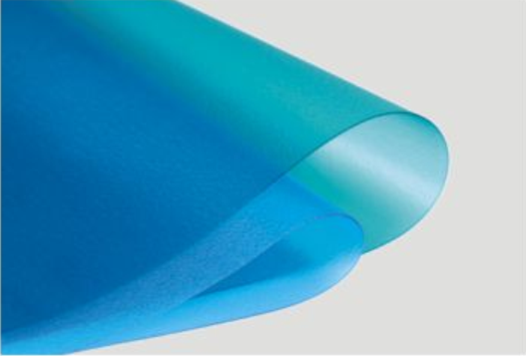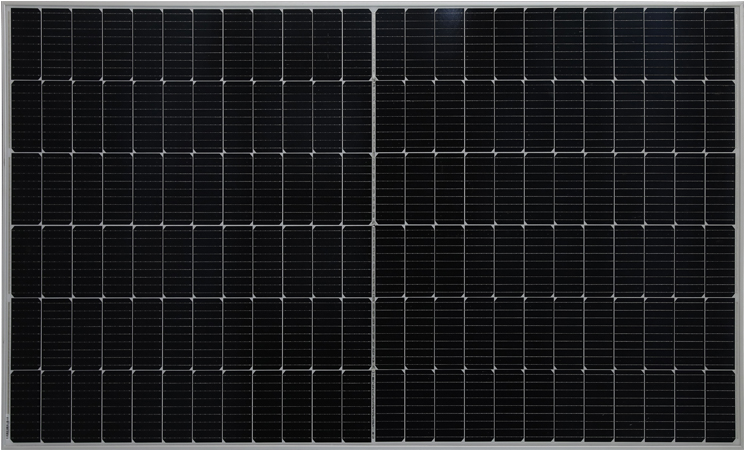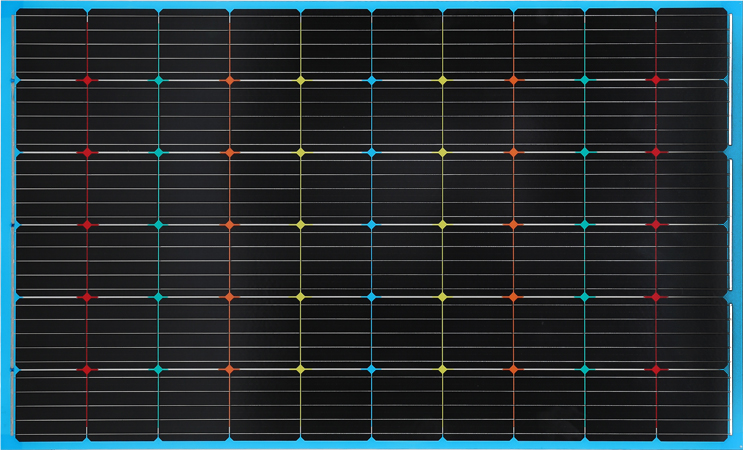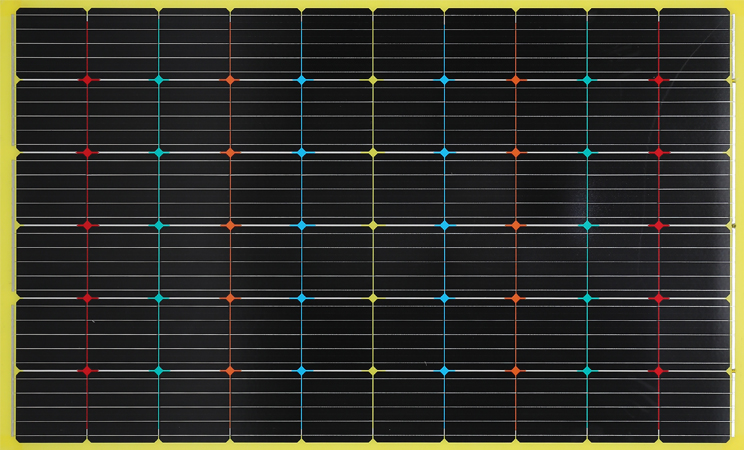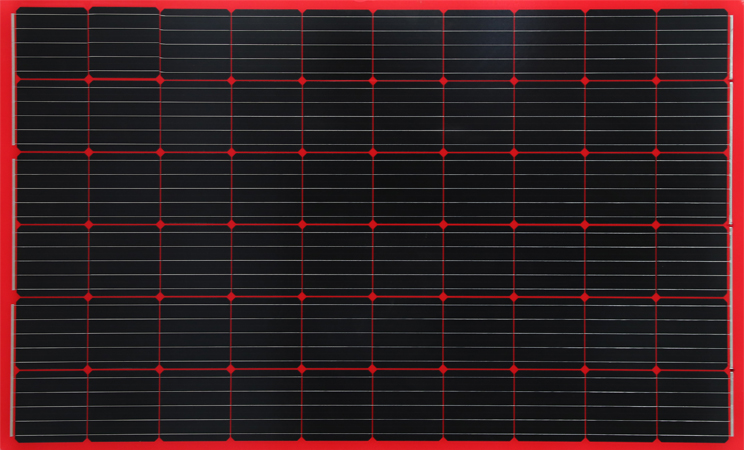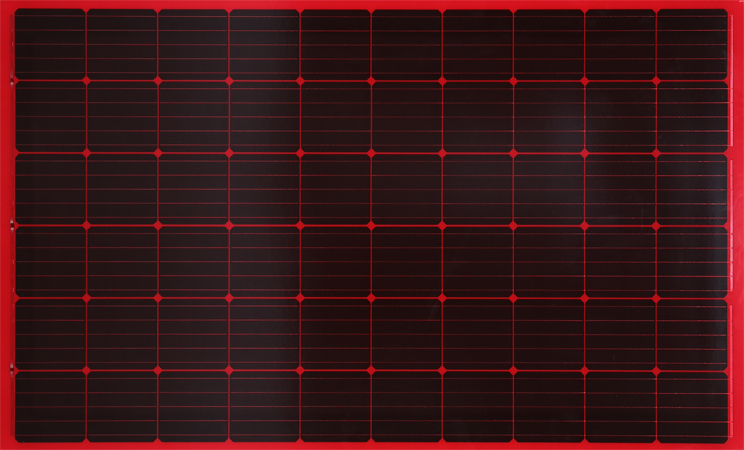PVB Film is one of the most common interlayer films for laminated safety glass. It is known for its strong binding, optical clarity, adhesion to many surfaces and toughness. It is prepared from polyvinyl alcohol by reaction with butyraldehyde. The production process is complex and requires special know-how, which is why WILLING(r) has built up a worldwide network of experts in this area. The company’s customer service starts with technical consultation – in the design of new production installations, for instance – and can even include joint development of innovative products. The company is among the world’s leading producers of PVB interlayers and is thus the best choice for customers who want to use the advantages of this high-performance material in their own products.
The PVB film industry is characterized by a high level of technological sophistication and the presence of numerous international suppliers. It is also a highly competitive industry due to the wide range of product offerings and the ability to meet specific customer requirements. The most important end-user industries for PVB films and sheets are ground transportation, building & construction, and solar energy. These sectors are expected to drive the market in the next eight years.
Laminated glass, which is used in a wide variety of buildings and vehicles, consists of an interlayer, usually PVB, bonded between two panes of glass under heat and pressure. The result is a glass "sandwich" that looks and functions like normal glass, but it is tough enough to resist impact and breakage. This provides greater safety and security for passengers, drivers, pedestrians, and cargo in automobiles, trucks, trains, airplanes, and ships. It also protects valuable paintings, furniture, and exhibited artwork from damage and prevents the transmission of UV radiation that can cause fading.
Both PVB and EVA are resins that are suitable for use in the production of laminated glass. However, there are a number of differences between them. For example, the processing temperatures of the two are different: PVB is processed at 105 degrees, while EVA is processed at 120-130 degrees. The adhesion properties of the two interlayer materials are also different. PVB has acceptable intrinsic adhesion to glass, while EVA has high adhesiveness and good resistance to moisture (high higroscopicity).
EVERLAM manufactures high-quality PVB films for use in the production of laminated safety glass. These are available in a wide range of thicknesses and formulations to suit the needs of all kinds of glazing applications. The PVB interlayers are also produced in various colors for use in manufacturing architectural laminated glass. These color interlayers are used for the blue or green “shade band” at the top edge of automobile windshields, as well as in colored glass for architectural purposes.
The SUNRISE inspection system for PVB interlayers in glass processing uses artificial intelligence to evaluate the quality of the film and determine its chemical composition. The results are then transmitted to the machine control. The resulting automated inspection process makes it possible to detect even the smallest defects such as scratches or fingerprints on the surface of the glass.
